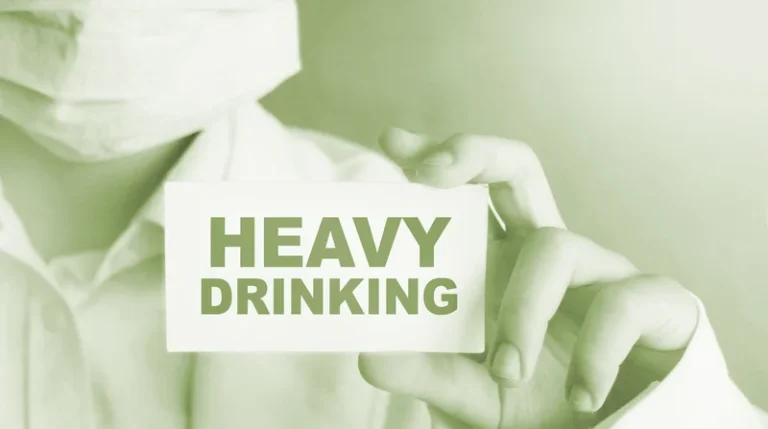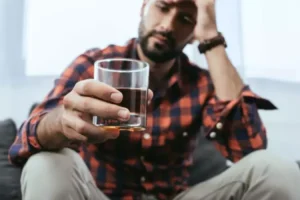
CBT uses a variety of coping skills to help you recognize and restructure unhealthy thought and behavioral patterns.5,13 During your initial assessment for alcohol use disorder, your therapist will help you to identify underlying triggers and unhealthy coping skills that are connected to your alcohol use. Three and six-month follow-up indicated significant reductions in drinking outcomes, but no significant differences between conditions (PDA at 3 months follow up was 73.3 for OA+SR compared with 71.2 for SR only). Although empirical support for these interventions is promising, it is most often garnered through efficacy studies in which the treatment is carried out under optimal conditions. However, most SUD treatments occur in service provision settings under conditions that are far from optimal.
How and for Whom Does Cognitive Behavioral Therapy for AOD Work?
CBT addresses coexisting mental health problems that frequently accompany substance abuse. By addressing these underlying psychological disorders, cognitive-behavioral treatment exercises treat the underlying reasons for addiction and recognize signs of relapse in the future. Despite the richness of its theoretical foundations, the literature cbt interventions for substance abuse thus far has not provided a clear picture of how CBT exerts its effects on AOD outcomes. The authors summarized the selection of potential mediators as related to self-efficacy, copings skills, craving/affect regulation/stress, and other (eg, social measures as well as more generalist constructs such as the therapeutic alliance).
- Cognitive behavioral therapy can be a highly effective choice for treating alcohol and substance use disorders.
- The significantother could be taught to positively reinforce a client’s reduceddrinking or abstinence and not to argue with her drinking when she isintoxicated, but rather to approach her when she is sober and providepositive feedback.
- Cognitive behavioral therapy is adaptable, making it effective in inpatient and outpatient settings, as well as individual and group counseling environments.
- While they are often incorporated into broad-spectrumcognitive-behavioral approaches, they have also been used as independent formsof treatment.
- For example, a client may be taughthow to refuse a drink in a social situation (which might include some formof assertiveness training, as described inFigure 4-20).
- The primary goals of CBT in the treatment of substance use are to improve motivation, learn new coping skills, change old habits, and learn to better manage painful feelings.
- These flawed perceptions change the way an individual looks at the present and the future.
Efficacy of Cognitive Behavioral Therapy Combined with Pharmacotherapy
When you find a therapist skilled in CBT, you can take steps to apply the skills you learn to future situations. As you start healthier thoughts and behaviors, you start associating them with healthier emotions, and this can start to become second nature the more you do it. Instead of looking backward, which is a very important thing to do in other kinds of therapy, it works well for people to gain insight as to why these things https://ecosoberhouse.com/article/5-reasons-sobriety-tattoos-are-a-terrible-idea/ occurred,” explains Dr. Robin Hornstein, a Philadelphia-based psychologist who works with a variety of populations using CBT as well as many other therapies. CBT is a form of talk therapy that helps you explore how your thoughts, feelings, and behaviors all work together. In June 2020, 13 percent of people in the United States either started using substances or increased their use as a way to cope with the COVID-19 pandemic.
Addiction and Mental Health Resources
Approximately 60% of people who are treated with cognitive behavioral therapy for a substance use problem are able to maintain their recovery for a year. When people are struggling with difficult situations, life stress, trauma, anxiety, depression, or other problems, they sometimes turn to substance or alcohol use as a way to manage. If someone is at the point where they need professional treatment for their addiction, chances are they are using alcohol or drugs as their main means of coping with problems. While reliance on the results of the functional analysis makes skillstraining particularly well suited for individual therapy, theseinterventions can easily be adapted for use in group settings (Monti et al., 1989).
- Hester indicated that there is good empiricalsupport for behavioral self-control training in achieving the goal ofmoderate, nonproblematic drinking (Hester, 1995).
- The goal of CBT behavioral experiments is to contrast negative thoughts against a positive one.
- If your health insurance company determines that a particular service is not reasonable and necessary, or that a particular service is not covered under your plan, your insurer will deny payment for that service and it will become your responsibility.
- CRA’s application tosubstances other than alcohol also appears to have been successful (Higgins et al., 1998).

The literature provides a somewhat complex narrative on the efficacy of combined CBT and pharmacotherapy. In the largest trial to date, the added benefit of the combination was not observed, but review data suggest some benefit, and particularly for adding pharmacotherapy to CBT for alcohol use disorder. Meta-analytic data also suggest that when choosing between medication management and a more comprehensive adjunct to pharmacotherapy, the more comprehensive intervention is preferred. Finally, summary data on individual drugs beyond alcohol, later follow-up outcomes, and secondary measures of psychosocial functioning are quite sparse.
Individual and Group Treatments
Self-efficacy has been thought of as both the degree of a client’s temptationto use in substance-related settings and his degree of confidence in hisability to refrain from using in those settings (Annis and Davis, 1988b; DiClemente et al., 1994; Sklar et al., 1997). The role of self-efficacy hasbeen examined for alcohol (Evans andDunn, 1995; Solomon and Annis,1990), cocaine (Coon et al.,1998; Rounds-Bryant et al.,1997), marijuana (Stephens etal., 1993), opiates (Reilly etal., 1995), and across all of these substances of abuse (Sklar et al., 1997). This researchgenerally supports the hypothesis that those with lower levels ofself-efficacy are more likely to abuse substances.

Brief Interventions and Brief Therapies for Substance Abuse.
- Both MET/CBT conditions included a CM component in which participants could earn up to $435 in gift cards if all urines were negative for cannabis.
- Inpatient and outpatient drug addiction treatment can help you get sober and avoid relapse.
Multidimensional treatment for ASPD co-morbid with substance abuse: Efficacy of MET and CBT in a case study
Group Cognitive-Behavioral Therapy
